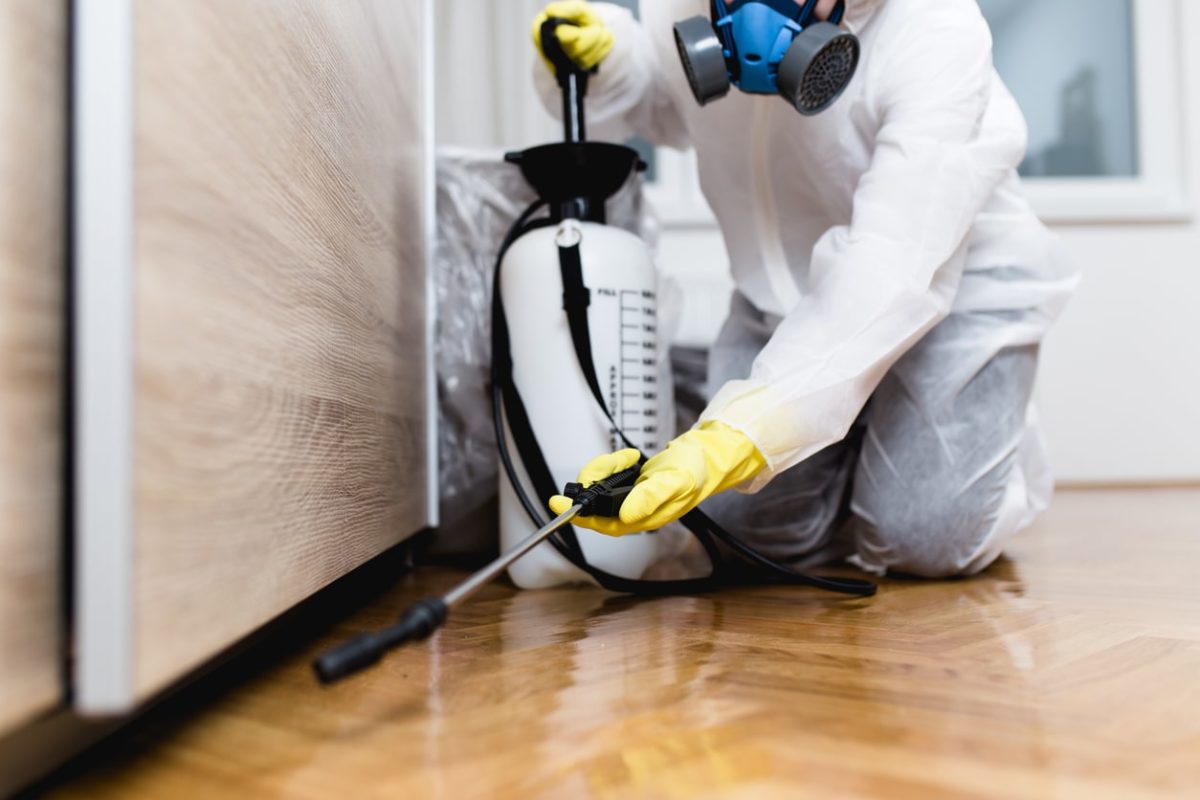Professional Elimination and Prevention Services by Pest Control Lockhart
Professional Elimination and Prevention Services by Pest Control Lockhart
Blog Article
Exploring Problem and Therapy Techniques worldwide of Parasite Control
The landscape of bug control includes a myriad of challenges, specifically as problems of typical household parasites remain to evolve. Recognizing the behaviors and reproductive patterns of these hassles is vital for establishing efficient therapy methods. By integrating precautionary measures with sophisticated management methods, such as Integrated Parasite Administration (IPM), homeowners can much better safeguard their atmospheres. However, the efficiency of these approaches may vary substantially based on particular conditions. What underlying variables contribute to the success or failure of these approaches in different settings?

Common Home Vermin
When it involves handling our living spaces, understanding common house insects is important. These bugs not just interrupt our convenience yet can additionally posture wellness threats and damage home. The most common home insects include ants, cockroaches, rodents, termites, and bed bugs.
Ants, usually seen foraging in kitchen areas, can infect food and establish large swarms. Rats, including mice and rats, can cause structural damage and lug illness like hantavirus and salmonella.
Acknowledging the indicators of these insects, such as droppings, nests, or bite marks, is essential for early treatment (Pest Control Lockhart). Proper cleanliness methods, sealing entry points, and preserving a clutter-free setting are reliable preventative measures. By identifying these typical family parasites and recognizing their actions, house owners can take proactive actions to reduce infestations, making certain a much healthier living environment
Understanding Parasite Infestations
Pest infestations can intensify promptly, turning a small inconvenience right into a considerable problem if not attended to promptly. Usual elements adding to infestations include inadequate hygiene, architectural vulnerabilities, and seasonal adjustments that drive insects inside.
Determining the sort of insect is important, as different species exhibit varied actions and reproductive rates. For circumstances, rats might develop nests in covert locations while bugs like cockroaches grow in damp settings. Early discovery usually pivots on recognizing indicators such as droppings, chomp marks, or unusual sounds, which can suggest a trouble prior to it comes to be severe.
Warm, moist environments can assist in the fast growth of insect populations, while modifications in landscape design or building and construction can unintentionally develop helpful atmospheres. An informed technique to recognizing these dynamics lays the groundwork for efficient parasite administration strategies in the future.
Treatment Methods and Techniques
Effective therapy methods and strategies are essential for minimizing parasite infestations and recovering a risk-free atmosphere. A diverse approach is frequently best, integrating chemical, organic, and mechanical strategies customized to the particular insect and the extent of the infestation.
Chemical therapies consist of the usage of pesticides and herbicides, which can effectively eliminate bugs. However, appropriate application and adherence to safety standards are essential to reduce threats to people and non-target organisms. Integrated Pest Monitoring (IPM) urges the judicious use chemicals as a last resource, relying rather on surveillance and threshold levels to figure out treatment demands.
Biological control techniques entail introducing all-natural killers or bloodsuckers to decrease parasite populaces. This approach is increasingly popular, specifically in farming settings, as it promotes environmental sustainability.
Mechanical approaches, such as traps and barriers, provide prompt remedy for insects without introducing chemicals. Alternatives consist of sticky traps for pests or physical barriers for rodents.
Eventually, the choice of therapy approach need to take into consideration the details parasite, the atmosphere, and potential effect on human health and environments. A well balanced combination of these strategies can effectively take care of infestations while advertising long-term parasite control services.
Safety Nets for Residence
Proactively attending to bug concerns prior to they intensify is essential for keeping a healthy and balanced home setting (Pest Control Lockhart). Carrying out reliable precautionary actions can dramatically decrease the probability of infestations, inevitably securing both your residential or commercial property and well-being

Proper landscape design likewise plays a vital role in avoidance. Keeping hedges and trees trimmed away from your home reduces the opportunities of pests locating their way inside your home. Make certain that water drainage systems are working efficiently to protect against standing water, which can draw in mosquitoes and other pests.
Finally, routine evaluations are suggested. Consistently examining for signs of insect activity enables very early treatment. By blog embracing these safety nets, house owners can create an atmosphere that is much less congenial to bugs, thus improving their general lifestyle and minimizing the demand for extensive bug control interventions.
Business Pest Control Methods
An extensive method to industrial insect control is vital for organizations intending to preserve a safe and sanitary atmosphere. Effective strategies entail a combination of regular evaluations, staff member training, and the application of Integrated Bug Management (IPM) techniques.
Routine assessments allow early detection of insect activity, enabling timely treatment. Services need to develop a regular schedule for these assessments, concentrating on risky have a peek at these guys locations such as cooking areas, storage space spaces, and waste disposal sites. Worker training is equally vital; team should be educated on the indications of insect invasions and the importance of reporting them promptly.
Carrying out IPM techniques assists reduce pest concerns sustainably. This consists of environment alteration, such as sealing entry points and lowering mess, in addition to utilizing all-natural deterrents before resorting to chemical treatments.

Moreover, collaborating with a qualified bug control provider makes certain accessibility to specialist expertise and sophisticated therapy options. This partnership can lead to personalized pest control plans tailored to the details demands of business, minimizing risks and improving overall efficiency. Inevitably, a positive and educated method fosters a pest-free atmosphere, protecting both public health and service credibility.
Verdict
In verdict, effective bug control necessitates a thorough understanding of usual family pests and their actions, combined with targeted therapy techniques. Executing preventative actions alongside treatment strategies such as Integrated Parasite Management and biological control boosts the ability to reduce problems.
Report this page